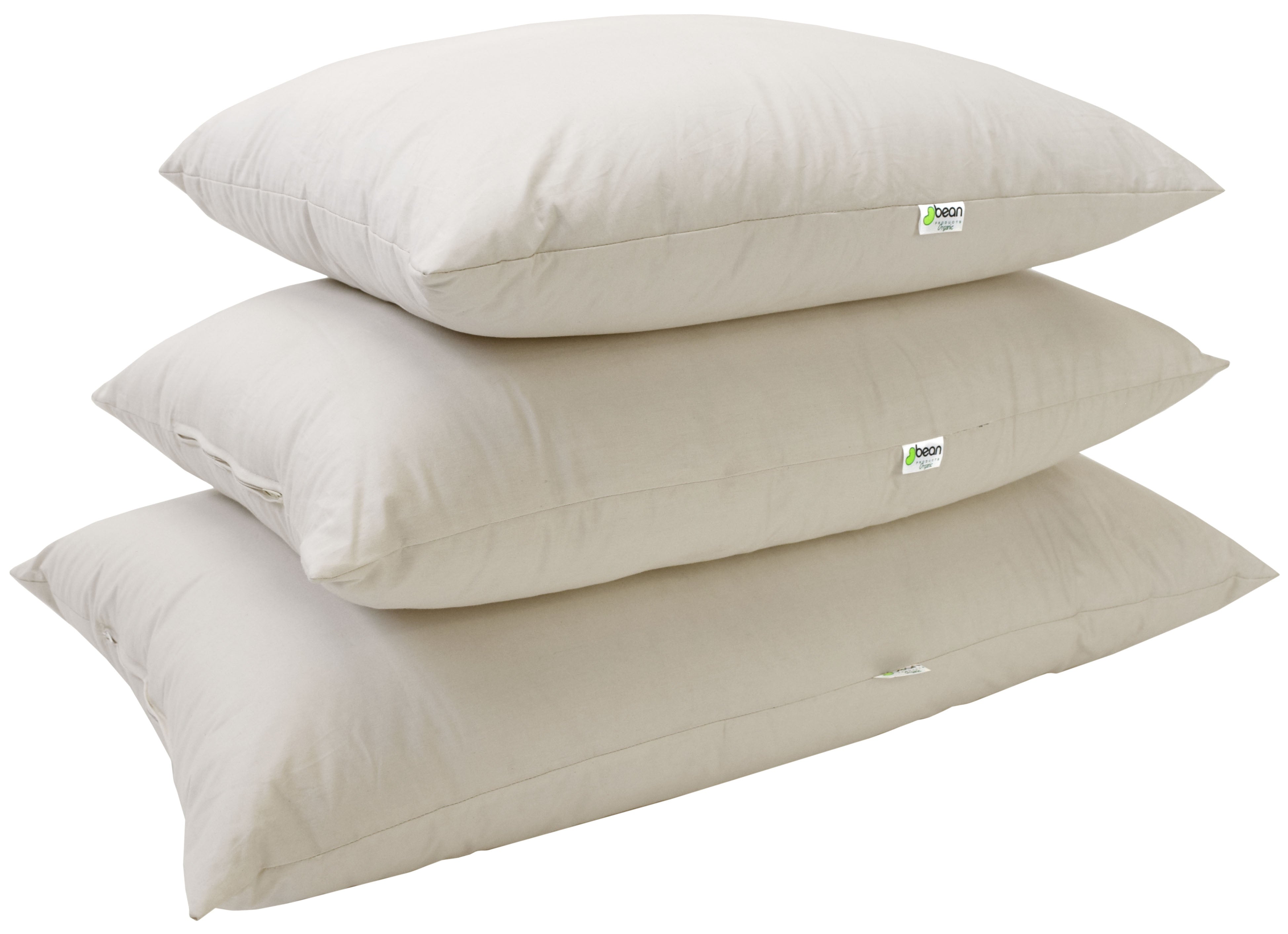Sustainable Living
Sustainable Living Guide #13: Sustainable Building and Renovation
September 12, 2024
Undecided with Matt Ferrell
Yarkın Tepe
6 min

Sustainable building and renovation represent a transformative approach to construction and home improvement that prioritizes environmental responsibility, resource efficiency, and the health of occupants. At its core, sustainable building involves using materials and practices that are ecologically friendly, reduce waste, and create energy-efficient spaces that reduce the overall environmental impact.
This method extends beyond merely choosing green materials; it encompasses a holistic view of building design, including the orientation of the home for maximum energy efficiency, the integration of renewable energy sources, and water conservation systems. The goal is to create spaces that are not only sustainable but also harmonious with the environment, promoting a healthier lifestyle for families and a smaller carbon footprint for the planet.
For environmentally-conscious individuals, the appeal of sustainable building and renovation lies in its dual promise of promoting a healthier living environment and contributing to the larger cause of environmental stewardship. Renovating a home with sustainability in mind can involve simple upgrades like installing energy-efficient appliances or more significant changes such as retrofitting a home with state-of-the-art sustainable technology.
Each choice made towards sustainability not only helps in reducing utility costs but also sets an example for the next generation about the importance of living responsibly and sustainably. Through thoughtful design and careful material selection, sustainable building and renovation make it possible to craft a home that aligns with one's values of care for the environment and provides a safe, non-toxic, and energy-efficient space for families to thrive.
Understanding Sustainable Building Materials
Understanding sustainable building materials is crucial for anyone looking to embrace eco-friendly construction practices. These materials are selected based on their environmental impact, which includes how they're sourced, their durability, and their contribution to energy efficiency and indoor air quality. Sustainable materials are often recycled, reclaimed, or derived from renewable sources, and they play a pivotal role in reducing the carbon footprint of a building project.
When selecting sustainable building materials, it's important to consider several key factors. First, the energy consumed in the production and transportation of these materials should be minimal. For instance, locally sourced materials reduce transportation emissions and support the local economy. Another consideration is the material's life cycle — materials that are durable and can be recycled at the end of their lifespan contribute to a more sustainable building practice by minimizing waste. Additionally, materials like bamboo, cork, and reclaimed wood are not only sustainable but also add aesthetic value while maintaining functionality.
For middle-aged mothers and environmentally conscious consumers, understanding these materials can be particularly empowering. It allows them to make informed decisions that align with their environmental values and health priorities. Whether renovating a kitchen or building a new home, choosing the right sustainable materials can significantly enhance the home's energy efficiency, reduce environmental impact, and create a safe, toxin-free environment for families. With an array of innovative products now available, from non-toxic paints and sealants to recycled glass countertops and energy-efficient insulation, the options for sustainable building materials are both accessible and diverse, making it easier than ever to commit to eco-friendly construction practices.
Important Concepts About Sustainable Building
- Energy Efficiency
- Water Conservation Techniques
- Waste Reduction
- Sustainable Gardening and Landscaping
Innovative Sustainable Building Techniques
Green Roofs and Living Walls
Green Roofs: These are roofs covered with vegetation and soil, or a growing medium, planted over a waterproofing membrane. They help in reducing heat loss and energy consumption in winter and cooling the building in summer. Additionally, green roofs can absorb rainwater, provide insulation, and help combat the heat island effect in urban areas.
Living Walls: Also known as vertical gardens, these are walls partially or completely covered with vegetation. They not only enhance a building’s aesthetic but also improve air quality, reduce noise pollution, and help in thermal regulation.
Earth-Sheltered Homes
These homes are built with earth against their walls and roofs, or completely buried underground. The earth serves as an insulating blanket that naturally keeps the home warm in winter and cool in summer. This building technique significantly reduces energy costs, protects from environmental elements, and blends the structures with the natural landscape.
Passive Solar Heating
This technique involves designing buildings to collect, store, and distribute solar energy in the form of heat in the winter and reject solar heat in the summer. Key elements include properly oriented windows (typically south-facing in the Northern Hemisphere), thermal mass to store heat during the day and release it at night, and good insulation to retain the collected heat. Passive solar design can significantly reduce the need for conventional heating methods, leading to lower energy bills and a reduction in greenhouse gas emissions.
Conclusion
Embracing sustainable building and renovation practices is not just a trend, but a commitment to a healthier and more sustainable future. By incorporating innovative techniques like green roofs, earth-sheltered homes, and passive solar heating, you can significantly reduce your environmental footprint while making your living space more comfortable and cost-efficient. We encourage you to continue exploring and implementing these eco-friendly strategies in your home projects. For more insights and guidance on sustainable living, visit our website. To stay updated on the latest trends, tips, and success stories in sustainable building, don’t forget to check out Flora Blog. Together, let's build a greener, more sustainable world one home at a time.
Daily Deals
See All ProductsBest Sellers
Most Popular
Explore and shop the most popular products. Updated frequently!

5 min
National Coffee Day: Celebrate Conscious Coffee Consumption with Flora
In today's world, where sustainability is more than a trend but a necessity, Flora is proud to spotlight a selection of eco-friendly products designed to enhance your daily coffee ritual while caring for the planet.

6 min
Sustainable Living Guide #13: Sustainable Building and Renovation
Undecided with Matt Ferrell
Sustainable building and renovation represent a transformative approach to construction and home improvement that prioritizes environmental responsibility, resource efficiency, and the health of occupants.

5 min
Beach Day, the Eco Way: Must-Have Products from Flora!
From innovative sun protection options to stylish, sustainable beach gear, each product in our lineup adheres to Flora's commitment to sustainability and health. Our selection ensures you'll be well-prepared, environmentally conscious, and effortlessly chic.

5 min
How to Reduce Plastic Use in Daily Life
TED-Ed
Plastic pollution has become one of the most pressing environmental issues of our time, as vast amounts of plastic waste end up in our oceans, landscapes, and even our food chain. Every year, millions of tons of plastic are produced with a significant portion destined for single-use products that quickly become waste.

5 min
Sustainable Living Guide #11: Sustainable Travel and Tourism
Eco-friendly tourism is crucial due to its reduced environmental impact compared to traditional travel, which often contributes to significant carbon emissions and ecological degradation. By choosing sustainable travel options, tourists can help preserve local ecosystems and support conservation efforts.

6 min
The Benefits of Minimalism and How to Live More Sustainably
The Minimal Mom
Minimalism is more than just an aesthetic or a trend—it is a conscious choice to simplify life by focusing on what is essential. At its core, minimalism is about stripping away the unnecessary, leaving room for what truly adds value to our lives.

4 min
Sustainable Living Guide #10: Sustainable Technology
In this episode of Sustainable Living Guide, we explore how technology intersects with sustainable living offering innovative solutions that reduce environment. Sustainable technology refers to the design and application of devices, systems and services that promote resource efficiency and environmental responsibility.

4 min
10 Easy Eco-Friendly Swaps for a Greener Home
Transitioning to a greener home doesn’t have to be daunting. Small, manageable changes can accumulate to create significant environmental benefits. This blog post will explore 10 easy swaps that any family can implement to make their home more eco-friendly.

5 min
Find Your Zen: Eco-Friendly Products for International Relaxation Day
Taking a moment to pause and rejuvenate isn't just a luxury—it's essential for maintaining our well-being. International Relaxation Day invites us all to slow down and indulge in practices that restore our mind, body, and spirit.































